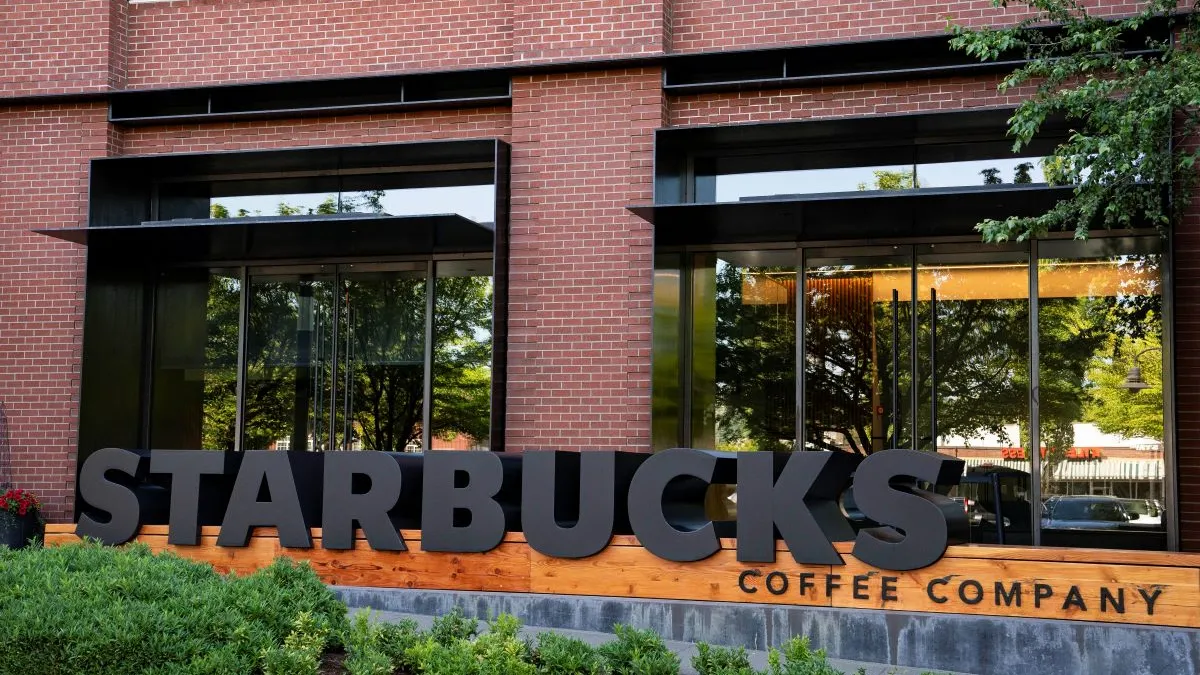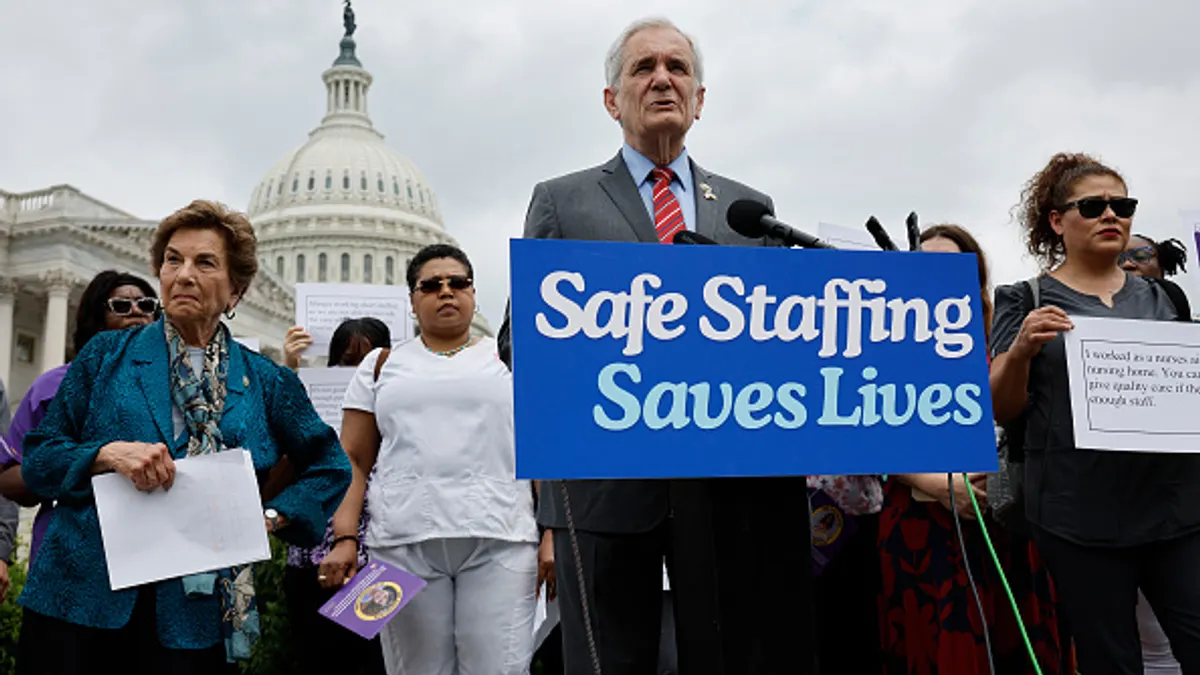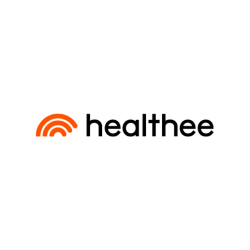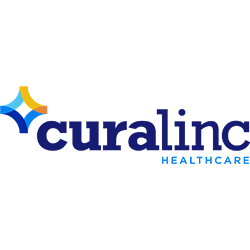SHRM’s Inclusion conference is no longer, with SHRM Blueprint taking its late October slot in Louisville, Kentucky, and HR professionals have expressed mixed reactions.
The rebranding extended beyond the conference’s name: the previous hot pink color palette was replaced with sketches in cool blue. “Draft the future of work,” the new front page now invites, offering the tagline: “Compliant. Connected. Competitive.”
While a spokesperson previously told HR Dive SHRM “remains deeply committed to advancing inclusion and diversity,” a number of HR practitioners discussing the change on LinkedIn said the rebrand indicated just the opposite.
“Do we lead with ‘compliant’ when we are talking about the future of work? No. We shouldn't. To me, that feels very mid-90s HR, when I started my career,” wrote HR consulting firm founder Tracie Sponenberg.
“This latest change or ‘rebranding’ doesn't sit well with me for a lot of reasons,” Sponenberg told HR Dive. “Mainly because, if you're referring to the future of work — and you lead with the future of work being compliant — that doesn't lead with humanity,” she said. “That doesn't lead with people.”
From Sponenberg’s perspective, she said, “it reads like step in line and get behind everybody else,” although she acknowledged that she doesn’t think that was SHRM leadership’s intention.
“I think what SHRM is doing is playing it safe, and I don't think you can do that when it comes to people and organizations and people who are hurting, who are having their rights threatened or eliminated,” she added.
Among the commenters on Sponenberg’s LinkedIn post was Bryan Howard, founder and CEO of HR firm Peoplyst. Where many HR professionals expressed outrage, he wrote, “I love the saying, ‘Creativity loves constraint.’ It fits here, too.”
“I think the response to it has been very emotional, and I certainly understand that,” Howard told HR Dive, but “I feel like I think SHRM is going in a good direction.”
Howard acknowledged that SHRM removing the “E” from of its DEI policy platform last summer, coupled with this year’s conference rebrand, has made HR practitioners feel like SHRM is moving away from DEI.
“Although, I don't feel that way at all,” Howard said of SHRM. “I think that what they came up with is actually a very balanced approach.”
The undeniably changed legal landscape
The conference’s tagline starting with “compliant” makes sense to Howard, too. “If you're not compliant, then the other two don't really matter. I think that's where most people are getting a little bit out of shape — just because they feel like something is being robbed from them,” he said. “As a matter of fact, I think it's the exact opposite of it. They're really focused more on inclusion now than they were before.”
Howard pointed to the U.S. Supreme Court’s recent ruling in Ames v. Ohio Department of Youth Services. The high court held that plaintiffs in majority groups — in this case, a straight woman alleging adverse employment actions based on her sexual orientation — do not have to meet a higher bar for bias claims than those in minority groups.
“Inclusion was really only about the minority and the Supreme Court ruling makes it clear that inclusion is for everybody. It’s not zero sum,” Howard said. “If you include the majority, it's not taking away from the minority.”
“That's a little different approach than probably what was taken during the DEI days,” he added.
Howard pushed back on the idea of some companies just needing to clarify that they don’t intend to exclude anyone — as in the case of companies with affinity groups, for example, following the U.S. Equal Employment Opportunity Commission and the U.S. Department of Justice’s joint technical assistance on “unlawful” DEI.
“I'm not saying that people intend to exclude anyone, but if you think about some of the messages of DEI in the past, they've been really targeted specifically towards people who may not feel included and that's a subjective idea,” Howard said. “Sometimes, the majority doesn't feel included either.”
Howard said, like other HR professionals, that he gets emotional, too. But when he steps back, he can look at the situation “more thoughtfully.”
Ultimately, Howard said he hopes people attend SHRM Blueprint with an open mind. Those who boycott SHRM’s conference “won’t have a chance to be in the conversation. That makes me a little sad,” he said.
In reference to the rebranding, a SHRM spokesperson late last month told HR Dive in an email, “We are not retreating from inclusion — we are reinforcing it with deeper rigor, sharper guidance, and legal foresight. We believe inclusion for the diverse workforce is more important than ever.”
When asked about HR practitioners' response to the change, a SHRM spokesperson on Tuesday referred to that statement and gave no further comment.
Divestment from SHRM
Laura Hamilton, an HR director and DEIB lead, had been a SHRM member for about 12 years when she decided not to renew her membership. “My initial response and reaction to SHRM came after they changed their priorities last year related to equity and removed equity as one of the primary pillars,” she told HR Dive.
Hamilton said she was among the first cohorts of people who secured their SHRM Certified Professional credential in 2015. She had her HRCI and SPHR credentials already.
“Still, with that, I maintained my SHRM-CP because I held very firmly that HRCI was very much based in knowing and understanding the laws — the compliance indicators, things of that nature,” Hamilton said. “SHRM’s testing was, ‘How do you take all of that and actually apply it strategically in the workplace?’”
As a CHRO of a hospital at the time, Hamilton saw “huge value” in SHRM’s offerings; she was also a part of SHRM’s executive network and said she used a large portion of her personal development budget for it.
“This big shift happened last year when they decided to remove equity as a priority,” Hamilton said. She also pointed to SHRM President Johnny C. Taylor being shortlisted as Trump’s pick for secretary for the U.S. Department of Labor. At the time, November 2024, Taylor told HR Dive that “it would be an honor.”
That news, Hamilton noted, “came on the heels of Trump communicating his intention to dismantle DEI.”
Now, following SHRM’s rebrand of its Inclusion conference into Blueprint, Hamilton feels affirmed in her decision to not renew her SHRM membership.
“I've worked in human resources for 20 years. If people are doing the work of diversity, equity, inclusion and belonging correctly, then there should be no fear of these programs, because it in no way elevates individuals who don't have the skill sets and the desired qualifications for a position,” Hamilton said. “It just gives access to individuals who otherwise would not have access to opportunities. It allows them to at least be considered.”
“I have never in my career hired someone because of a DEI indicator,” she continued. “I've hired them because they are the right person for the job, and they meet the requirements of the role.”
Because of her perspective on DEI and her perception that SHRM’s values are out of step with hers, Hamilton has removed her SHRM credentials from her LinkedIn profile even before they expired. And while her team had found value in SHRM’s programming, Hamilton similarly did not allow them to renew their departmental membership with SHRM.
“I will not put money into their organization,” she said.
Sponenberg’s story is similar. “I actually was very deeply involved with SHRM for many years. I spoke at the 2019 conference. I was a blogger and an influencer for SHRM, a special expert who taught a course, et cetera. I was a SHRM member for over 20 years,” Sponenberg said. “My general perspective on SHRM is that it no longer offers what I need.”
“[T]hat started way before dropping the ‘E’ — the missteps that were made, or the progress that was made or wasn't made, wasn't going in a direction that was really aligned with my values.”
Sponenberg specifically referenced SHRM’s handling of critiques of its partnership with Koch Industries — namely the #FixItSHRM movement, and Taylor meeting with Trump in 2019. (Trump appointed Taylor to be his first administration’s HBCU liaison in 2018.) Sponenberg has not attended a SHRM conference since 2019.
She did, however, stop by the annual conference’s expo last year, because she had a friend and a client working there. “I went to the expo for a couple of hours and just to see had anything changed,” she said. “It hadn’t.”
The future of HR networking
Despite her grievances, Sponenberg did make one distinction: “There are a lot of really good local chapters and a lot of really good state chapters,” she said. “They're in a really difficult spot because it's helpful to be aligned with a national organization.”
“There are a lot of great people in SHRM as well,” she conceded. “It just isn't aligned with my values anymore. And I'm hopeful for change.”
Sponenberg said it would take “a change in leadership” to see her values realigned with SHRM. “From what I've seen, SHRM is a professional services organization and it very much runs like a professional services organization. Think law firms, tax firms, medical offices, et cetera. I would want to see it be more forward-thinking,” she said. “I would want to see that in the organization itself.”
Editor's note: This story has been updated with a response from SHRM.






















